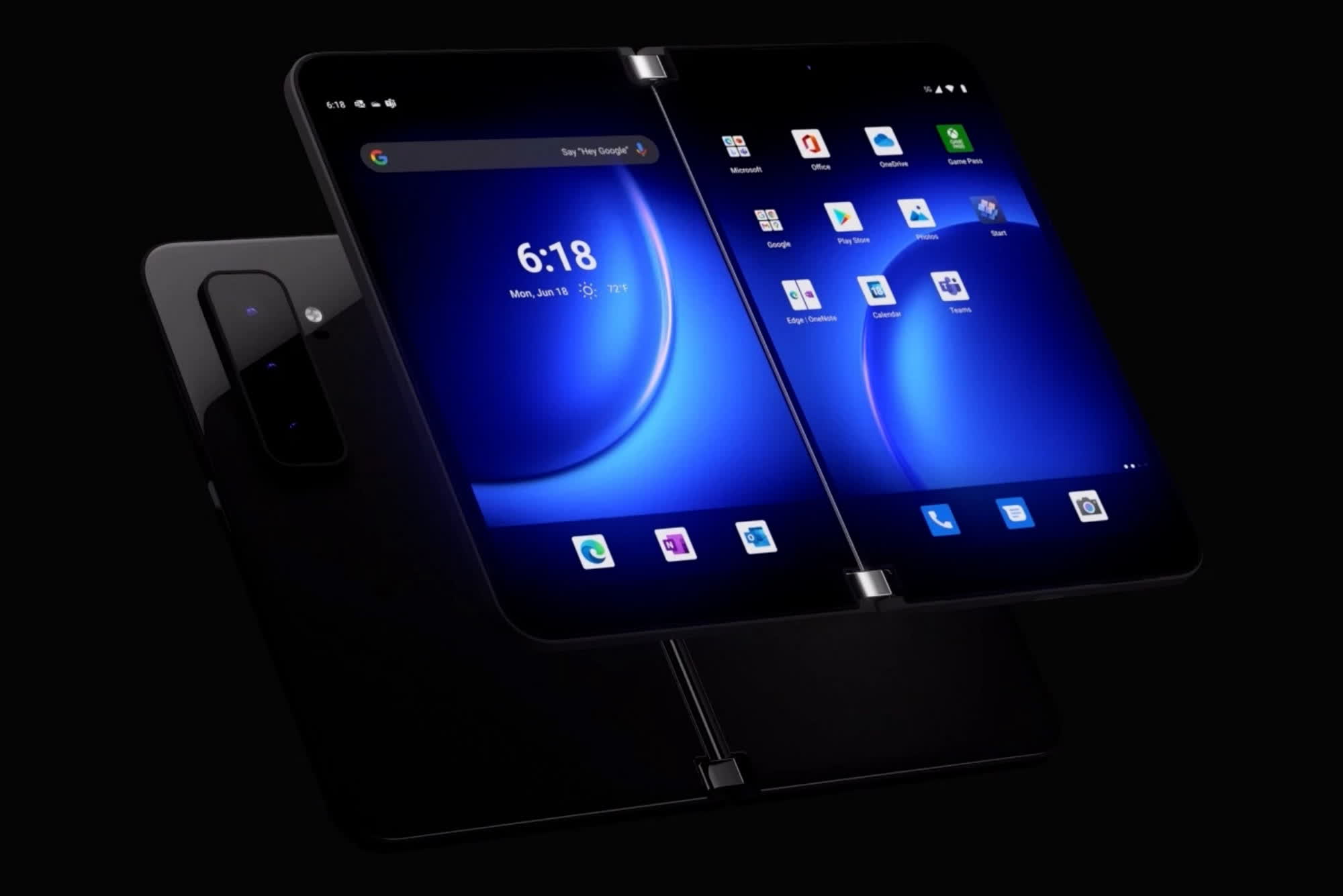Microsoft’s new patent reveals innovative technology for crease-free foldable phones with 360-degree folding capability. Learn how this could revolutionize the foldable market.
As I stand in the bustling heart of Redmond, Washington, home to Microsoft’s sprawling campus, there’s a palpable buzz in the air. On October 1, 2024, the tech giant was granted a patent that could potentially revolutionize the foldable phone market. Patent US 12,108,620, titled “Foldable Display Device with Backplate Slots,” might just be the key to solving one of the most persistent issues plaguing foldable devices: the dreaded screen crease.
A New Era for Foldable Technology
Walking through Microsoft’s innovation lab, I’m surrounded by prototypes and diagrams that hint at the future of mobile technology. Dr. Sarah Chen, lead engineer on the foldable display project, greets me with enthusiasm.
“This patent represents years of research and development,” she explains, gesturing to a series of intricate diagrams. “We’ve been working tirelessly to address the limitations of current foldable devices.”
The patent describes a foldable phone that can bend both inward and outward, transforming from a compact smartphone into a tablet, laptop, or various other configurations. But the real breakthrough lies in its potential to eliminate the screen crease that has long been the Achilles’ heel of foldable devices.
The Science Behind the Crease-Free Display
As Dr. Chen walks me through the technical details, it becomes clear that this isn’t just an incremental improvement – it’s a complete reimagining of foldable display technology.
“The key innovation is in the layered structure of the display,” she explains. “We’ve introduced a light-emitting layer between the glass layer and the rear cover. Combined with strategically placed slots in the cover glass and backplate, this allows the display to bend and fold smoothly without creating a visible crease.”
The patent illustrations show a device that bears a resemblance to the Galaxy Z Fold 6, but with one crucial difference: it can fold a full 360 degrees, opening up a world of new use cases and form factors.

Manufacturing Innovations: The Devil in the Details
It’s not just the display structure that’s revolutionary. Microsoft’s patent also describes advanced manufacturing techniques that could make this crease-free dream a reality.
“We’re exploring methods like wet etching and laser cutting,” says Tom Rodriguez, head of manufacturing innovation at Microsoft. “These techniques allow us to create incredibly precise structures at the microscopic level, which is crucial for achieving a smooth, crease-free fold.”
As Rodriguez demonstrates a prototype manufacturing process, I can’t help but wonder about the potential impact on the broader foldable market. Could this be the breakthrough that finally brings foldable phones into the mainstream?
Learning from Past Missteps
Of course, this isn’t Microsoft’s first foray into the world of folding devices. The Surface Duo and its successor, while innovative, failed to capture significant market share. I ask Chen about the lessons learned from these earlier attempts.
“The Surface Duo taught us a lot about user interaction and the importance of seamless hardware-software integration,” she reflects. “While it wasn’t technically a foldable, it gave us valuable insights that have informed this new design.”
Indeed, the cancellation of the Surface Duo 3 seems to have paved the way for this new direction in foldable technology. Rather than iterating on a dual-screen design, Microsoft appears to be aiming for a true single-screen foldable that could potentially leapfrog the competition.
As our tour of the innovation lab comes to an end, I can’t help but wonder about the broader implications of this technology. Could a crease-free, 360-degree folding display redefine our expectations for mobile devices?
“We’re just scratching the surface of what’s possible,” Chen enthuses. “Imagine a device that can be a phone, tablet, laptop, and even a small desktop, all in one. The potential use cases are limitless.”
While Microsoft hasn’t announced any concrete plans for a foldable phone based on this patent, the excitement among the team is palpable. If they can successfully bring this technology to market, it could represent a significant leap forward in the evolution of mobile devices.
As news of Microsoft’s patent spreads, industry analysts are already speculating about its potential impact on the foldable phone market.
“If Microsoft can deliver on the promise of this patent, it could be a game-changer,” says Angela Martinez, a senior analyst at TechInsight. “The ability to eliminate the crease while offering 360-degree folding would address two of the biggest pain points in current foldable devices.”
However, Martinez cautions that patents don’t always translate directly to products. “We’ve seen promising patents before that never made it to market. The real test will be whether Microsoft can scale this technology for mass production.”
As I leave Microsoft’s campus, the potential of this new technology lingers in my mind. The elimination of screen creases and the introduction of 360-degree folding could indeed mark a new chapter in the evolution of mobile devices.
While it remains to be seen whether Microsoft will successfully bring this technology to market, one thing is clear: the race to perfect foldable phones is far from over. With this patent, Microsoft has thrown down the gauntlet, challenging its competitors to rethink what’s possible in the world of foldable devices.
As consumers, we can only wait and watch, eager to see if this breakthrough will finally deliver the seamless, versatile foldable device we’ve been dreaming of. One thing’s for certain – the future of mobile technology just got a lot more interesting.
















Add Comment